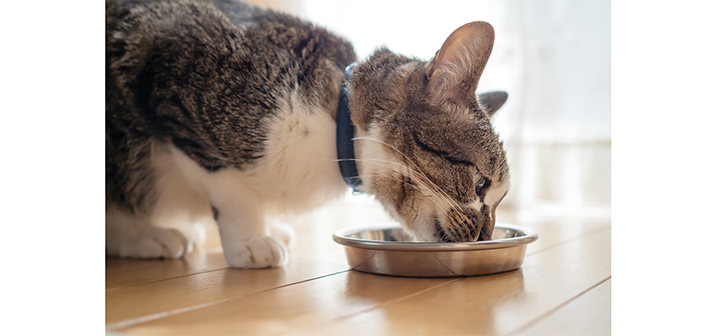The Pet Food Manufacturers’ Association (PFMA) said it is aware of the recent study from Exeter University that focuses on cat predation and the role of specific interventions including play and diet in limiting this natural behaviour.
As an organisation committed to the well-being of all animals, including the wildlife population and biodiversity, it said it welcomes research in this area.
With regards to the effect of nutrition on cat behaviour, PFMA said it believes more evidence is needed in order to draw strong conclusions. For instance, when evaluating the role of diet, it is important to look at multiple dietary options differing in nutrient composition or sources of ingredients.
Both diets used in this study were from the same brand and predominantly derived from meat sources. The outcome of 36% reduction in predation could potentially be explained by a cats’ neophilic response to a new (novel) food.
PFMA said: “This raises the question as to whether the reduction in prey numbers reported would increase again over time once the cats became familiar with the new diet.”
Existing research has shown that a cats’ hunting behaviour is inborn and not necessarily motivated by hunger, which is why they will hunt prey, and play with a feather on a string, even when well fed.
“To fully evaluate the connection between diet and cat predation we would like to see more long-term research, incorporating various dietary groups,” the association said.
Cats are obligate carnivores and have high requirements for specific amino acids (the building blocks of proteins).
Sarah Hormozi, PFMA’s head of science and education, said: “Typically, all wet cat foods, and a large part of the dry cat food market, have their protein predominantly derived from meat and animal protein sources.
“But with the increasing global demand for animal proteins, there is a balance to be struck between making nutritious diets for our pets and managing resources sustainably.
“Formulating diets on the basis of amino acid profile of the ingredients, and their bioavailability, often reveals the complementary nature of using alternative sources of proteins in combination with the more conventional animal-based proteins.”


